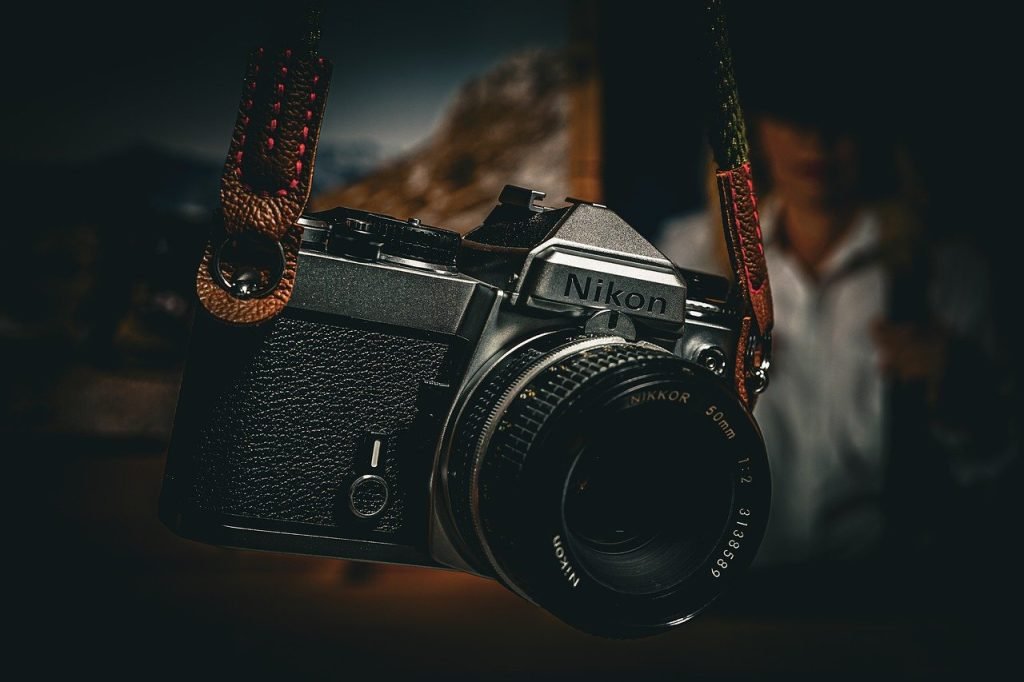Which camera takes better pictures?
When you’re in the market for a new camera, it’s a question that likely crosses your mind countless times. There are so many models to choose from, and each one comes with its set of unique features and specifications. Let’s break it down to help you make an informed decision.
Understanding Your Needs
What Will You Be Photographing?
Determining what you plan to photograph primarily helps in understanding which camera might suit your needs best. Are you into landscape photography, portraits, or maybe you have an interest in macro photography? Each genre often demands different camera features.
Budget Considerations
Your budget is crucial in narrowing down your options. Cameras range from affordable point-and-shoots to high-end DSLRs and mirrorless cameras. Knowing how much you are willing to spend can significantly impact your choices.
Types of Cameras
DSLR Cameras
Digital Single-Lens Reflex (DSLR) cameras are popular among professionals and enthusiasts. They offer interchangeable lenses, superior image quality, and extensive manual control options.
Pros:
- Superior image quality
- Wide range of interchangeable lenses
- Long battery life
Cons:
- Bulky and heavy
- Can be expensive
Mirrorless Cameras
Mirrorless cameras are gaining traction for their compact size and high performance. They also offer interchangeable lenses but without the bulk of a mirror box found in DSLRs.
Pros:
- Compact and lightweight
- Electronic viewfinders with real-time exposure adjustments
- Generally quieter than DSLRs
Cons:
- Shorter battery life compared to DSLRs
- Limited lens options (though this is improving)
Point-and-Shoot Cameras
Point-and-shoot cameras are perfect for those who prioritize convenience and ease of use. They are compact, portable, and usually less expensive.
Pros:
- Very portable
- User-friendly
- Affordable
Cons:
- Limited control over settings
- Usually smaller sensors, leading to lower image quality
Smartphone Cameras
In recent years, smartphone cameras have improved drastically. The convenience of always having a camera in your pocket makes smartphones the go-to for many casual photographers.
Pros:
- Always with you
- Constantly improving technology
- Easy to share photos immediately
Cons:
- Smaller sensors than dedicated cameras
- Limited control over settings

This image is property of pixabay.com.
Key Features to Consider
Sensor Size and Type
The size and type of sensor significantly impact image quality. Larger sensors generally offer better low-light performance, more detail, and greater dynamic range. Here’s a quick comparison of sensor sizes:
| Sensor Type | Size (mm) | Example Usage |
|---|---|---|
| Full Frame | 36×24 | Professional Photography |
| APS-C | 22×15 | Enthusiast Photography |
| Micro Four Thirds | 17×13 | Compact and Versatile |
Megapixels
Though higher megapixel counts can equate to more detail, they aren’t the only factor in determining image quality. Other factors like sensor size and lens quality also play a significant role.
ISO Range
A broader ISO range allows for greater flexibility when shooting in varying lighting conditions. Cameras with good high ISO performance are excellent for low-light scenarios, minimizing noise in dark images.
Autofocus System
A robust autofocus (AF) system is essential for capturing sharp images, particularly in fast-paced environments. Look for cameras with multiple AF points and advanced tracking features.
Lenses and Accessories
Interchangeable lens systems provide versatility but also add to the investment. Ensure the brand you choose has a wide range of lenses compatible with the camera body. Accessories like external flashes, battery grips, and remote controls can also extend the camera’s usability.
Image Quality vs. Convenience
Balancing Act
For many, choosing a camera involves balancing image quality and convenience. While a high-end DSLR might offer unparalleled image quality, carrying it around all day can be cumbersome. On the other hand, your smartphone might not match the image quality of a dedicated camera, but its convenience is unbeatable.

This image is property of pixabay.com.
Popular Camera Models
Canon EOS R5
The Canon EOS R5 is a high-end full-frame mirrorless camera known for its excellent image quality and advanced features. It is favored by both professionals and serious enthusiasts.
Key Features:
- 45 MP Full-Frame Sensor
- 8K Video Recording
- In-Body Image Stabilization
Nikon D850
The Nikon D850 stands out among DSLRs for its outstanding resolution and dynamic range. It is a favorite among landscape and portrait photographers.
Key Features:
- 45.7 MP Full-Frame Sensor
- Excellent Battery Life
- Extensive Weather Sealing
Sony Alpha a7 III
The Sony Alpha a7 III is a versatile mirrorless camera that offers a perfect balance of performance and price. It is favored for its compact size and powerful features.
Key Features:
- 24.2 MP Full-Frame Sensor
- 4K Video Recording
- 693-Point Autofocus System
Fujifilm X-T4
The Fujifilm X-T4 is a well-rounded APS-C mirrorless camera known for its excellent image quality and retro design. It appeals to enthusiasts and professionals alike.
Key Features:
- 26.1 MP APS-C Sensor
- In-Body Image Stabilization
- 4K Video Recording
iPhone 14 Pro
The iPhone 14 Pro represents the pinnacle of smartphone camera technology. It offers a versatile camera system that can handle a variety of photographic scenarios with ease.
Key Features:
- Triple 12 MP Camera System
- Night Mode
- ProRAW and ProRes Support
Factors Influencing Your Decision
Experience Level
Your experience level plays a significant role in deciding which camera is best for you. Beginners might prefer a point-and-shoot or entry-level DSLR, while more advanced users might gravitate toward high-end DSLRs and mirrorless systems.
Specific Needs
Do you need a camera that excels in low light? Or perhaps one that is highly portable? Assessing your specific needs ensures that you get the most out of your investment.
Future-Proofing
Technology advances rapidly, and what is cutting-edge today might be obsolete tomorrow. Consider buying a camera that will serve your needs for several years, even as your skills grow.

This image is property of pixabay.com.
Making the Most of Your Purchase
Learning Resources
Learning how to use your new camera effectively can significantly impact the quality of your photos. Many online courses, tutorials, and forums can provide useful tips and tricks.
Experimentation
Don’t be afraid to experiment with different settings and subjects. Hands-on experience is invaluable in learning the intricacies of your new equipment.
Network with Other Photographers
Joining photography clubs or online communities can offer support, inspiration, and constructive criticism, helping you improve your skills faster.
Conclusion
So, which camera takes better pictures? The answer depends on a multitude of factors: your specific needs, budget, and experience level, among others. By carefully considering these variables and understanding the key features of each camera type, you’ll be well-equipped to make an informed decision that aligns with your photography goals. Whether you opt for a high-end DSLR, a compact mirrorless model, or even your trusty smartphone, the best camera for you is the one that you’ll use to capture the moments that matter most.

